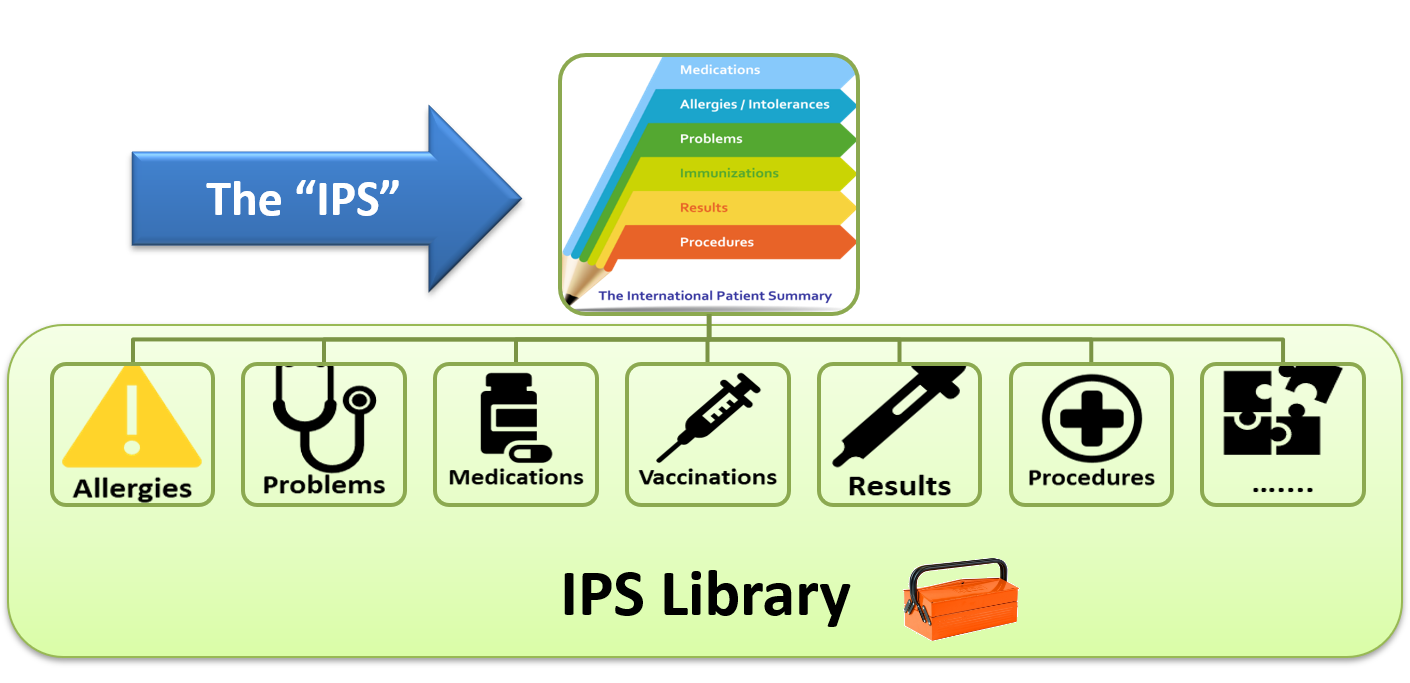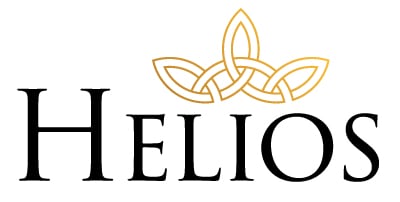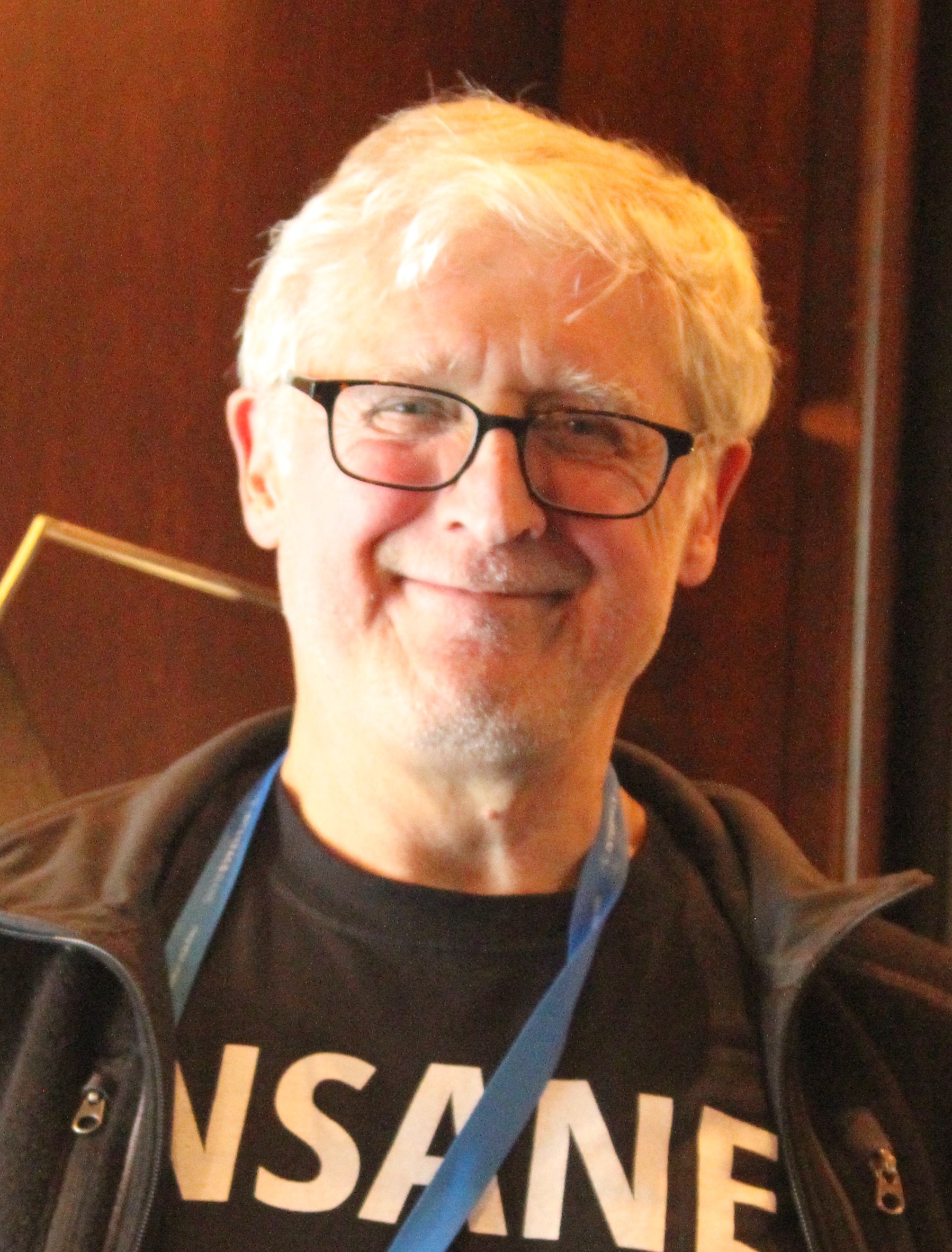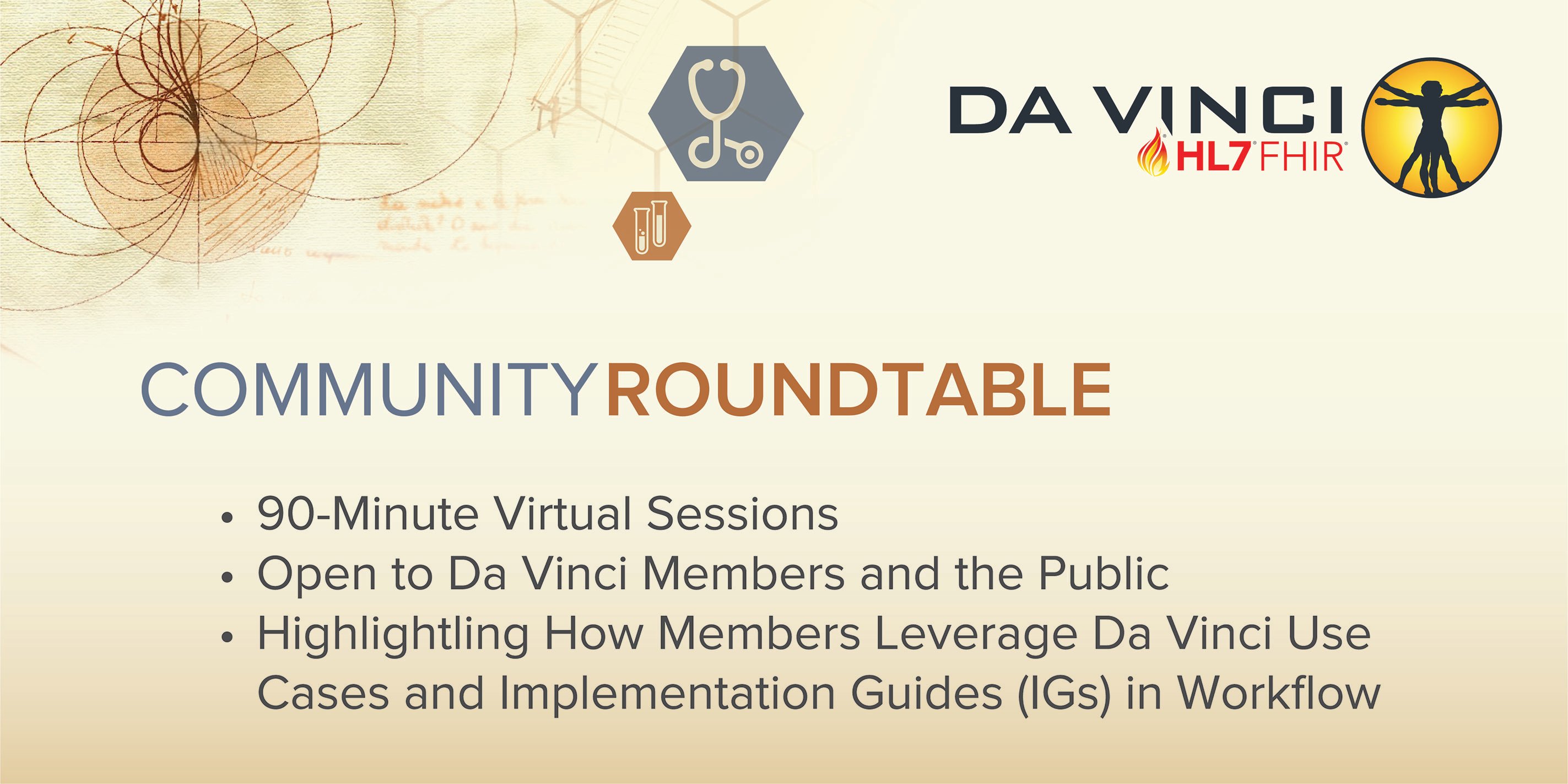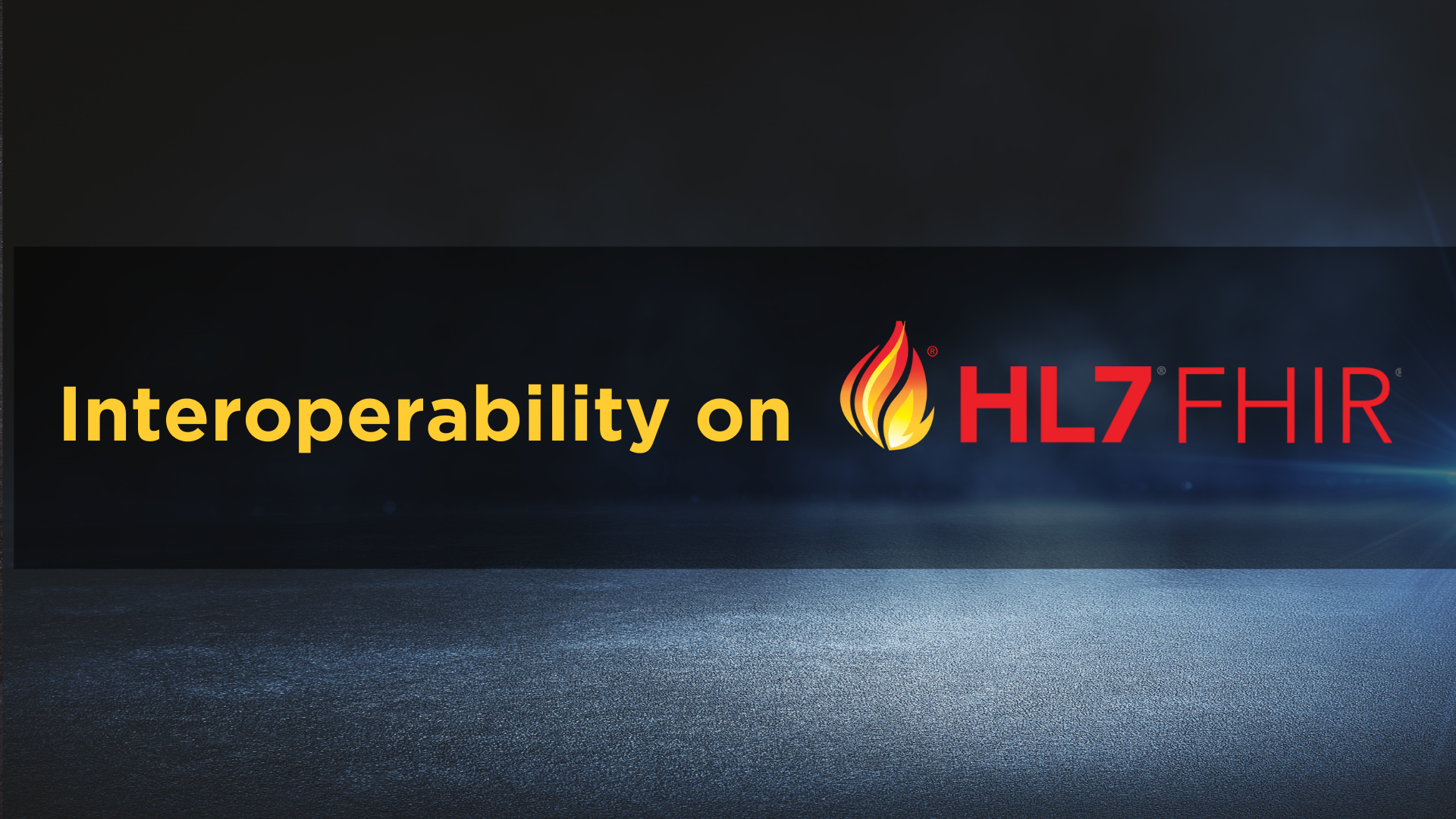Advancing the International Patient Summary
[fa icon="calendar'] Dec 1, 2021 10:39:47 AM / by HL7 posted in FHIR, CDA, HL7, HL7 community, health IT, International Patient Summary, FHIR Community, IPS, International Patient Access, IPA
HL7® Launches Helios FHIR® Accelerator for Public Health
[fa icon="calendar'] Nov 16, 2021 3:55:58 PM / by HL7 posted in FHIR, HL7, HL7 community, health IT, public health, ONC, FHIR Accelerator, FHIR Community, CDC
Alliance of government, private sector and philanthropic partners aims to use widely accepted healthcare standard to help advance public health
A new initiative launched by HL7 and jointly supported by the Centers for Disease Control and Prevention (CDC) and the Office of the National Coordinator for Health IT (ONC) seeks to use widely recognized data exchange standards to help advance public health. The effort, called Helios, intends to strengthen the capacity and streamline data sharing across all levels of public health using the HL7 Fast Healthcare Interoperability (FHIR®) standard.
“Public health has risen in urgency and importance over the last 18 months,” said the ONC’s National Coordinator for Health IT Micky Tripathi, PhD, MPP, “FHIR accelerators have had great success in engaging implementers as early as possible to help identify and overcome longstanding barriers to interoperability. The Helios alliance is a market-based implementation collaboration that will help to ensure FHIR development is coordinated and focused on real world public health needs.”
The initiative is the latest to use HL7’s FHIR Accelerator program, which seeks to speed the development and availability of FHIR to deliver better data that leads to better health outcomes. The Helios alliance represents an ambitious new use of the FHIR Accelerator program, pulling together a diverse group of state, tribal, local, territorial, and Federal public health agencies, private and philanthropic sector partners, and other groups interested in the equitable and effective use of data for the advancement of public health.
HL7 CTO Wayne Kubick to Retire
[fa icon="calendar'] Nov 12, 2021 9:16:36 AM / by HL7 posted in FHIR, HL7, HL7 community, health IT
HL7's Chief Technology Officer, Wayne Kubick, will retire at the end of this year. We want to take this opportunity to formally announce it and begin recognizing the many accomplishments and contributions he made to the betterment of HL7 International and its entire global community.
Wayne's responsibilities will be assumed by two new C-level officer positions, a Chief Standards Officer and Chief Implementation Officer, and he will remain in an advisory role into early 2022 to support the transition.
We would like to express our deepest appreciation and thank Wayne for his dedication and unparalleled commitment to HL7 International over the past six years. His leadership has been instrumental in advancing HL7’s mission and vision of a world in which everyone can securely access and use the right health data when and where it is needed.
If there is one word that describes Wayne’s work philosophy at HL7, it is Essentialism. He introduced us to the concept when he joined the organization and has been a staunch proponent of incorporating Essentialism across the board, encouraging the organization to focus its efforts on its highest contributions to the industry while letting go of non-essential work.
CodeX: Patient Voices Series, Part 3 - Lack of Clinical Trial Accessibility: Patients Miss Out on Potentially Lifesaving Treatments
[fa icon="calendar'] Oct 28, 2021 4:20:08 PM / by CodeX FHIR Accelerator posted in FHIR, HL7, health IT, Patient Experience, FHIR Accelerator, FHIR Community, CodeX
Weclome to CodeX's New Patient Voices Series!
CodeX recently talked with cancer patients, survivors, and advocates to hear their stories and learn more about their perspective through the cancer care coordination process. CodeX (Common Oncology Data Elements eXtensions) is a HL7 FHIR Accelerator, launched at the end of 2019, that is building a community to enable interoperable cancer data modeling and applications that lead to step-change improvements in cancer patient care and research.
How is the Standard of Care Defined?
“Everyone just said this is the standard of care!” Today, Desiree D. has no evidence of disease, but in 2017 she was diagnosed with stage 2b breast cancer at the age of 40. When trying to make decisions about her course of treatment, Desiree was repeatedly told by doctors that she was getting the standard of care. In reality, the “standard of care” is relatively loose terminology. When making treatment decisions, Desiree felt that the standard of care where she was living in Virginia meant something different than the standard of care in Massachusetts or the standard of care in Vermont.
Imagine if a chef could not make a soup because he only understood Portuguese and the soup’s instructions were in Hindi. The chef could look elsewhere and find a solution after further research; however, the lack of a common language has cost the chef time and the chef’s soup is not going to be the same as he wished. This scenario is harmless, but a similar and much more serious situation exists across healthcare systems. The healthcare industry remains significantly less standardized than other industries. This means that treatments for the same type of cancer might vary greatly by geographic location, cancer center, and even oncologist in part because healthcare data is not collected or shared in a standard manner.
Statement to the Global Community from HL7 International on the Paper "Playing with FHIR: Hacking and Securing FHIR APIs"
[fa icon="calendar'] Oct 27, 2021 1:41:58 PM / by HL7 posted in FHIR, HL7, HL7 community, health IT, FHIR Community, FHIR API
HL7 Da Vinci Project October Community Roundtable to Highlight Clinical Data Exchange
[fa icon="calendar'] Oct 21, 2021 4:28:36 PM / by Diana Manos posted in FHIR, Payers, Da Vinci, value based care, FHIR Accelerator, CDex, clinical data exchange
The Da Vinci Project’s October Community Roundtable, to be held Oct. 27 from 4:00 – 5:30 p.m. EDT, will feature Clinical Data Exchange (CDex)
This “Swiss army knife” of implementation guides (IGs) is responsible for identifying, documenting and constraining specific patterns of exchange so that providers and payers can reliably share patient information and coordinate care.
The scope of the CDex encompasses defining combinations of exchange methods with specific payloads, search criteria, conformance, provenance, and other relevant requirements, to support specific exchanges of clinical information between providers and and/or payers. CDex is also responsible for aiding in risk adjustment and quality reporting--and it helps payers to identify whether a requested service is necessary and appropriate.
The roundtable, titled, “Harnessing Clinical Data Exchange (CDex) to Improve Performance within Value-Based Care,” will give a current snapshot of the functionality, benefits and capabilities of CDex, helping providers to share the clinical data they have generated with payers and other industry partners.
At the roundtable, members of the Providence team will share their strategy for using CDex to support payer value-based care arrangements focusing on their initial target to achieve supplemental data exchange.
Presenters will include:
- Viet Nguyen, MD, Technical Director, HL7 Da Vinci Project, and Clinical Informaticist, Stratametrics, LLC
- Semira Singh, Product Manager, Population Health Informatics, Providence
- Michael Westover, Vice President, Population Health Informatics, Providence
Come to the roundtable and learn how HL7 is making progress on CDex, with its eye on what remains to be conquered to provide the fully maximized data exchange needed to support value-based care. The good news is, HL7® Fast Healthcare Interoperability Resource (FHIR®) is helping to drive interoperability forward, and Da Vinci is poised to accelerate that data exchange in such a way that it will greatly reduce the burden between providers and payers.
CodeX: Patient Voices Series, Part 2 - The Overlooked Negligent Homicide: Bias and Racism in Healthcare
[fa icon="calendar'] Oct 20, 2021 12:51:30 PM / by CodeX FHIR Accelerator posted in FHIR, HL7, health IT, Patient Experience, FHIR Accelerator, FHIR Community, CodeX
Weclome to CodeX's New Patient Voices Series!
CodeX recently talked with cancer patients, survivors, and advocates to hear their stories and learn more about their perspective through the cancer care coordination process. CodeX (Common Oncology Data Elements eXtensions) is a HL7 FHIR Accelerator, launched at the end of 2019, that is building a community to enable interoperable cancer data modeling and applications that lead to step-change improvements in cancer patient care and research.
Bias in Healthcare is Deadly
“It’s almost like negligent homicide. Because of the bias that’s there—whether it’s explicit or implicit—is resulting in these people—patients of color—not receiving the full scope of care that they should be.” Jamil Rivers is a person with breast cancer and the Founder of The Chrysalis Initiative.
The Chrysalis Initiative is a patient advocacy organization looking to disrupt harmful disparities in accessibility, quality and outcome of cancer care. Looking at the source of disparities is the first step to rectifying them, and The Chrysalis Initiative provides equity assessments that evaluate all types of healthcare services that offer cancer care. The assessments evaluate whether the experiences of patients of color differ from White patients. When Jamil first started the equity assessments, she expected around 50% of patients of color to experience racism and bias. However, Jamil quickly discovered that this number was much higher. “90% of our preliminary data indicated that they [patients of color] were receiving substandard care and experiencing racism and bias in their care.” According to Jamil, many medical providers and researchers are cognizant of racism and bias affecting patients, but few understand the true pervasiveness of explicit and implicit racism in patient care. Even biases that at first glance seem trivial can be deadly because each action based upon bias deteriorates the quality of care a patient receives.
CodeX: Patient Voices Series, Part 1 - Communication: The Key to Patient-Centered Care
[fa icon="calendar'] Oct 12, 2021 9:34:56 AM / by CodeX FHIR Accelerator posted in FHIR, HL7, health IT, FHIR Accelerator, FHIR Community, CodeX
Weclome to CodeX's New Patient Voices Series!
CodeX recently talked with cancer patients, survivors, and advocates to hear their stories and learn more about their perspective through the cancer care coordination process. CodeX (Common Oncology Data Elements eXtensions) is a HL7 FHIR Accelerator, launched at the end of 2019, that is building a community to enable interoperable cancer data modeling and applications that lead to step-change improvements in cancer patient care and research.
Creating Patient-Centered Care
“We see patient-centered care as the patient is in the center, fully alert, fully informed, and fully able to contribute to the information as well as what [treatment] they want to happen in their lives.” Debi Willis is a kidney cancer survivor and the CEO and Founder of PatientLink and MyLinks. The phrase “patient-centered care” is frequently mentioned, but what do these words really mean? According to Debi, patient-centered care is sometimes mistakenly interpreted as having multiple medical professionals focusing on a single patient where the patient has little understanding nor input in decisions that are made. Instead, “patient-centered care” should involve the patient in all decision making and ensure that the patient understands all decisions that are made throughout the care process.
In the early 90s, Debi worked at the Federal Reserve Bank of Kansas City as a software engineer. She noticed that the financial sector was highly automated, but the healthcare industry was almost completely reliant on manual entry of data. Medical providers who switched to using EHR (Electronic Health Record) systems found them tedious and difficult to use. To explore the new field, Debi switched from the banking technology industry to medical technology and created software that would allow patients to easily send their information into their physician’s medical record as structured data. This allowed the physician to focus on their patient instead of typing into the EHR. Although it wasn’t in her initial plans, the demand for her technology from medical providers led her to launch PatientLink.
HL7 Da Vinci Project Roundtable Offers Update on Emerging IGs and a Demo of Prior Authorization
[fa icon="calendar'] Sep 16, 2021 3:09:50 PM / by Fred Bazzoli posted in FHIR, Payers, Da Vinci, value based care, prior authorization, FHIR Accelerator, patient cost transparency, burden reduction, Risk Adjustment
Da Vinci Project's Monthly Meeting to Describe Progress on Price Cost Transparency and Risk Adjustment Initiatives on Wednesday Event, 9/22 at 4:00 pm ET
Important updates on two implementation guide initiatives and a demo of how standards could support prior authorization burden reduction are on the agenda for the next Community Roundtable of the Da Vinci Project.
The roundtable will begin with an update from the project management office of the Da Vinci Project, which will feature updates on the status of the Price Cost Transparency and Risk Adjustment Implementation Guides (IGs). These efforts to use HL7® Fast Healthcare Interoperability Resource (FHIR®) are more complex than previous initiatives. Both efforts anticipate challenges that the industry will face to make healthcare costs more transparent and to accurately reflect patients’ comprehensive conditions and risks related to reimbursement for coverage.
After the update, the prior authorization demonstration will show how FHIR IGs can be used to reduce administrative challenge of anticipating prior authorization documentation requirements, a nagging concern within the industry.
HL7® FHIR® Emerges as a Key Tool in Achieving Interoperability in Healthcare
[fa icon="calendar'] Sep 10, 2021 3:44:30 PM / by Fred Bazzoli posted in FHIR, HL7, health IT, HIMSS, Da Vinci, CARIN Alliance, Gravity, FHIR Community
Sessions at HIMSS21 Offer Glimpses into Progress, Potential New Uses for the Standard
After a hiatus of nearly 18 months, a slimmed-down, COVID-sensitive HIMSS 2021 Conference still managed to provide extensive insights into several major trends within the healthcare IT industry.
Along the dual tracks of federal regulations forbidding information blocking and the need for improved data exchange to facilitate, there were many discussions about the capabilities of HL7® Fast Healthcare Interoperability Resources (FHIR®) to support the industry.
The HL7 FHIR community had opportunities at the conference’s Interoperability Showcase to update the industry on dramatic progress by its accelerator groups to advance the use of FHIR in areas where data exchange is essential.


